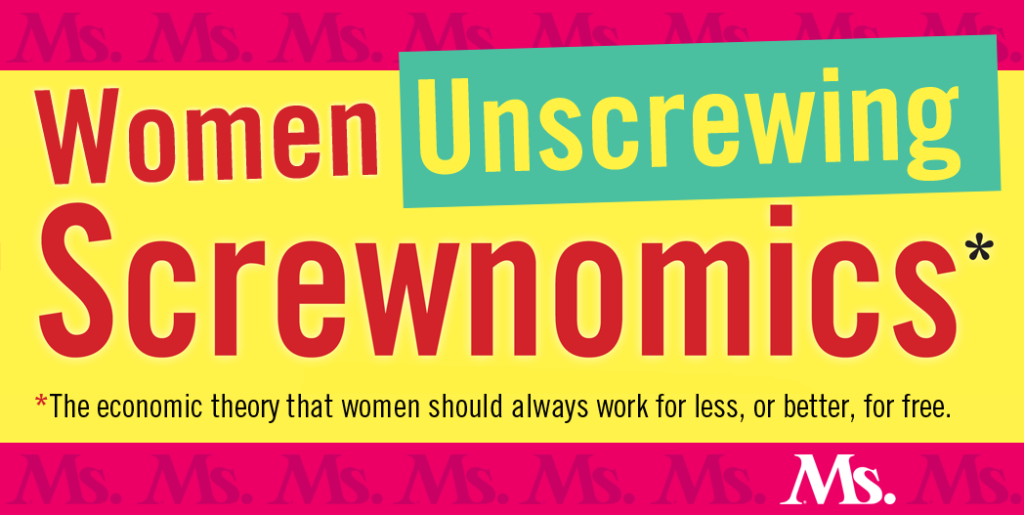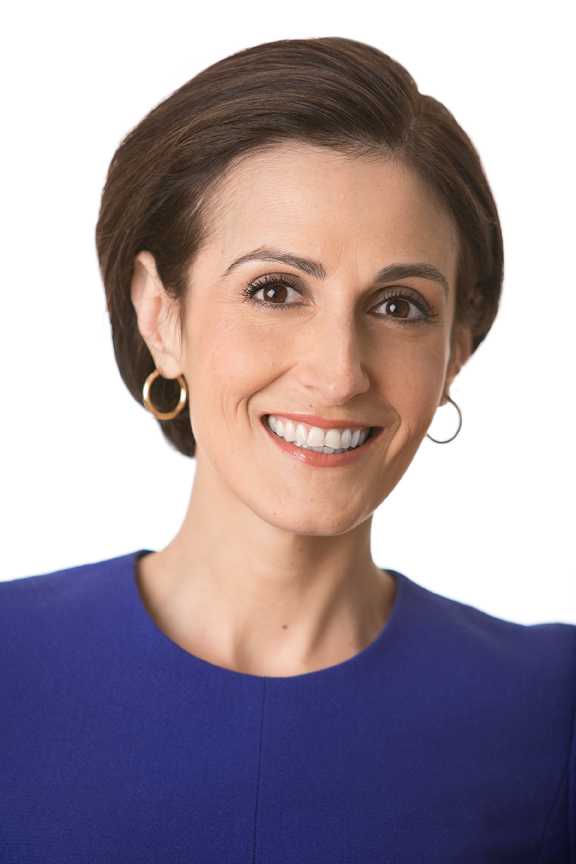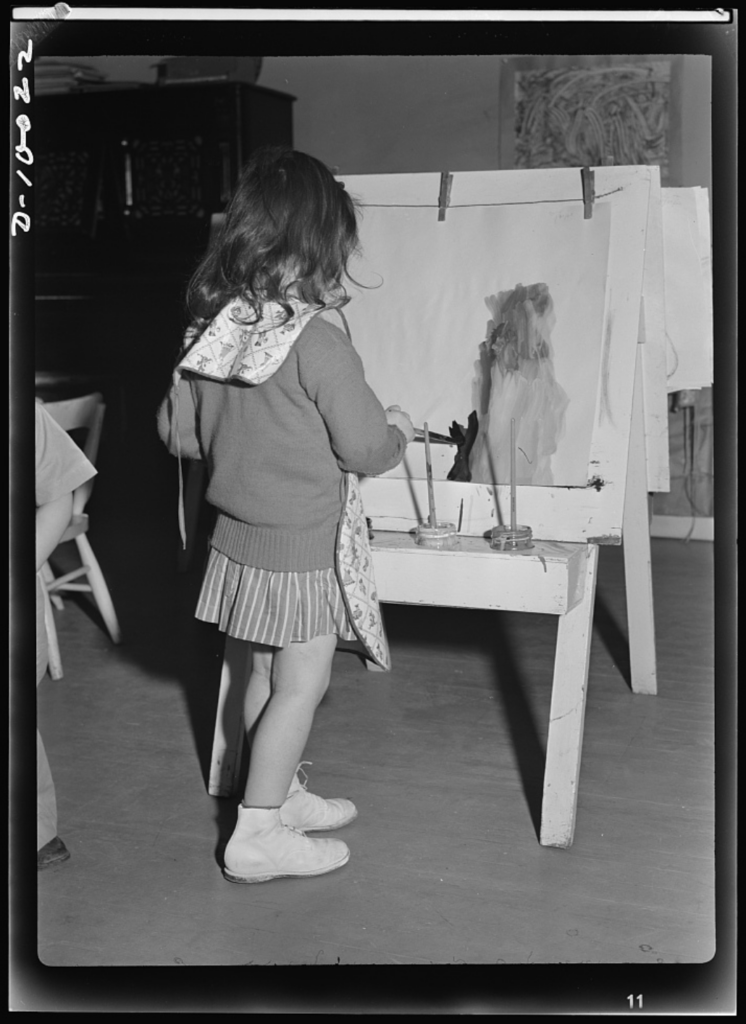
It’s time to talk about women’s economics with attitude. It’s time to laugh at what is often absurd and call out what is dangerous. By focusing on voices not typically part of mainstream man-to-man economic discourse, Women Unscrewing Screwnomics will bring you news of hopeful and practical changes and celebrate an economy waged as life—not as war.
An alarming 865,000 women left the workforce in the month of September. A new report shows how old the barriers faced by working women are, and how seldom U.S. policymakers cared.
Right now we’re all blue over the COVID-19 pandemic, but soprano notes grew louder as the election grew closer: The Labor Department reported an alarming 865,000 women left the workforce in the month of September. The pandemic is stomping on women, especially women of color, our biggest losses in hospitality, retail, and especially child care, without which moms of every color and career are in trouble. Sing it, sister.

Some new blue notes rose out of a white paper from Texas this October—“America’s Recovery from the 2020 SheCession: The Female Future of Child Care and Work”—from Austin (yes, a blue city) and more specifically, from The LBJ Center at University of Texas at Austin.
The report, launched by Dr. Victoria M. DeFrancesco Soto, assistant dean of public affairs and civic engagement at the LBJ Center, has a foreword written by Alejandra Y. Castillo, a former student from a Spanish-speaking immigrant family, who became the CEO and president of YWCA, the oldest women’s organization in the country.
YWCA’s motto is “Eliminating Racism, Empowering Women.” Early on, YWCA held women and their color both vital to see when fulfilling a mission of justice, freedom and dignity for all. (LBJ, remember, was Lyndon Baines Johnson, the Texan president who called on Congress to create The Voting Rights Act of 1965.)

I always dread reading official-looking reports, spoken in a removed third-person, with footnotes and way too many bullets.
“How much was really new here?” I asked when Soto and Castillo both kindly arranged to talk to me via a phone conference. Why connect pandemic issues not only to child care (bad enough) but also to automation and STEM and the whole future of women’s work? It felt overwhelming—
—and suddenly, the report came to life, mid-sentence. I heard a car door slam, and a young girl’s bright voice burst into my doldrum with the innocent enthusiasm that only young children possess: “Mommy, guess what? Look what I did today,“ and then came another young voice, eager to share too. The outburst was full of details only a mom and her two kids understood as important, but we all heard their excitement.
“I’m so sorry,” apologized mommy Victoria—the dean with the PhD, who’d been driving the whole time without my realizing it. “I had to pick my kids up … it’s time ….”
“It’s a perfect illustration of what the need is!” said Castillo, the CEO.
DeFrancesco Soto and Castillo outline exactly how the pandemic is making the fault lines of our economy visible. But their report on The Female Future of Work also shows how old these issues are, and how seldom U.S. policymakers cared. Their report brings a deep recognition of working women’s history.
“The Industrial Revolution Didn’t Have [Women] in Mind”
Women have always worked but, until the second wave of feminism, were kept in the domestic sphere, working for free or for little pay.
“The industrial revolution didn’t have us in mind,” DeFrancesco Soto commented. “Even as we move and transition, there are still structural impediments. Pay gap losses add up over a lifetime, and women live longer.”
“Responsibility for child care falls on individual moms,” added Castillo. “We have to have a truly national policy solution. Not for women. No! This is the future of our families.”
They point to past national child care programs. Late in 1942, an amendment to the Lanham Act for war-time grants funded 3,000 child care centers for Rosie the Riveter, serving up to 600,000 kids.
“When the war ended, that was erased,” said DeFrancesco Soto.

Some Rosies didn’t go home, and had to find what were then called babysitters—but by 1965, a new wave of women entered the job market, calling for educational child care.
In 1971, the Comprehensive Childhood Development Act was passed by the U.S. House and Senate, only to be vetoed by then-President Nixon. Child care was best kept at home to save us from communism, said he, and “Family Values” as a political issue was born. Since then politicians have reformed welfare, insisting that moms in poverty go to work. But they’ve turned a blind eye to stagnated wages and a growing need for more than 40 hours of paid work to support a family.
National programs remain splintered, according to DeFrancesco Soto:
“Head Start is beautiful but it only serves seven percent of kids. Tax credits for child care only covers 25 percent. It’s a safety net with gaping holes in it and it continues to unravel. But in order to stay competitive as a nation, these issues are not optional. They are a must.”
The U.S. spends less than 0.5 percent of our total GDP on early childhood education and care—most of it out of pocket. We rank 37th among the thirty-nine member nations of the Organization for Economic Co-operation and Development (OECD).
In OECD countries, child care on average costs 17 percent of family income. But in the U.S., child care costs for two-parent families are 25 percent of income, and for single-parent families, 20 percent (because of subsidies for low-income workers). However, just 15 percent of those eligible receive this help, and everyone’s costs are far above the seven percent rate that U.S. Health and Human Services deems appropriate for a family’s financial health.
Other peer countries, like Japan, the United Kingdom, Mexico and France also enroll nearly a hundred percent of their four-year-olds in preschool. Here again, we rank 26th out of 39 developed nations.
“The fact that OECD tracks this tells us child care and early childhood education is needed to remain competitive,” said Castillo. “I hope mayors and private sector CEOs, and philanthropists and politicians will read this report, because a broad group of people have a stake in this. This is about the future of work, the tectonic plates shifting the ground we work on. How are women going to remain an important engine of the economy?”
The YWCA-LBJ Center report holds it important that automation will eliminate jobs many women hold now as retail clerks and cashiers. There’s no pipeline in place to transfer their talents to more secure STEM careers. Like many others, they call STEM inevitable—“the fourth industrial revolution.”
But they also recommend trade apprenticeships for girls and women because these won’t be easily automated, and also call for more robust pay for child care workers, on whom the rest of the economy relies.
In other words, a pipeline to the high-paying jobs of male engineers, mathematicians, scientists, and technologists, plumbers and carpenters is not the only way forward. Greater racial and gender diversity in those fields will surely bring needed improvements, but robots become increasingly skillful, threatening white-collar jobs too.
Try to automate love, though. Sex, maybe, but not love, not caring that convinces a kid.

The good-paying jobs men forged came from decades of organizing to make a case for their value, and in some cases striking. Iceland’s women’s strike in 1975 is one example of women organizing to establish caring’s worth. Women in Latin America in the 80s got homemaking’s productive value recognized in social security pensions and their constitutions. Sweden now provides 16 months of parental time-off at 80 percent pay and requires moms and dads share it; most dads take three to six months.
Recently I facilitated a lively talk at An Economy of Our Own about potential fixes for caring’s devaluation: An earlier post-COVID Recovery Report out of Hawaii’s Commission on the Status of Women, like the new Texas report, emphasizes the need for safety in the workplace and home, male violence against women another of those “tectonic plates” moving under our feet.
A new Social Wealth Index from The Center for Partnership Studies measures the returns in economic health when we invest in caring for our families, communities and nature. There’s a feminist call to consider a basic income whenever disasters strike, or when slower-moving automation eliminates livelihoods, and artist Patti Maciecz is even organizing an Invisible Labor Union for those who keep families and nations from falling apart.
National investment in caring’s passionate attention would lift a good many out of poverty—even should they choose to become artists or musicians or journalists or farmers. The latest report out of Texas on this American She-Cession and Recovery further widens a much needed national conversation. But the children’s excited voices I heard in mommy Victoria’s car? They’re the essential bass line if we’re ever to stop singing this economy’s heart-breaking blues.
You may also like:





